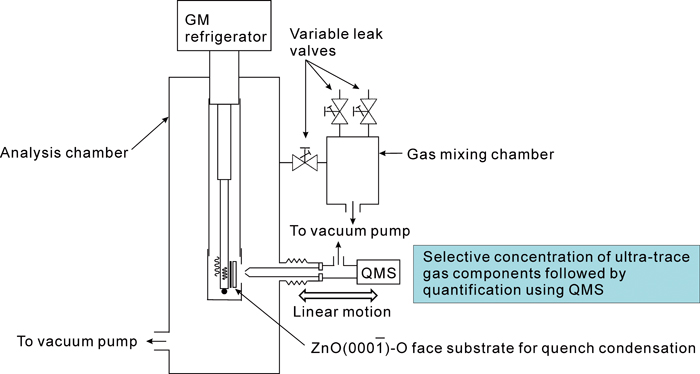Volume 32, Issue 4
Displaying 1-18 of 18 articles from this issue
- |<
- <
- 1
- >
- >|
Original Papers
-
Article type: Original Papers
2016Volume 32Issue 4 Pages 381-386
Published: April 10, 2016
Released on J-STAGE: April 10, 2016
Download PDF (781K) -
Article type: Original Papers
2016Volume 32Issue 4 Pages 387-393
Published: April 10, 2016
Released on J-STAGE: April 10, 2016
Download PDF (3210K) -
Article type: Original Papers
2016Volume 32Issue 4 Pages 395-400
Published: April 10, 2016
Released on J-STAGE: April 10, 2016
Download PDF (688K) -
Article type: Original Papers
2016Volume 32Issue 4 Pages 401-405
Published: April 10, 2016
Released on J-STAGE: April 10, 2016
Download PDF (460K) -
Article type: Original Papers
2016Volume 32Issue 4 Pages 407-411
Published: April 10, 2016
Released on J-STAGE: April 10, 2016
Download PDF (7965K) -
Article type: Original Papers
2016Volume 32Issue 4 Pages 413-417
Published: April 10, 2016
Released on J-STAGE: April 10, 2016
Download PDF (873K) -
Article type: Original Papers
2016Volume 32Issue 4 Pages 419-424
Published: April 10, 2016
Released on J-STAGE: April 10, 2016
Download PDF (1706K) -
Article type: Original Papers
2016Volume 32Issue 4 Pages 425-430
Published: April 10, 2016
Released on J-STAGE: April 10, 2016
Download PDF (874K) -
Article type: Original Papers
2016Volume 32Issue 4 Pages 431-436
Published: April 10, 2016
Released on J-STAGE: April 10, 2016
Download PDF (1266K) -
Article type: Original Papers
2016Volume 32Issue 4 Pages 437-442
Published: April 10, 2016
Released on J-STAGE: April 10, 2016
Download PDF (988K) -
Article type: Original Papers
2016Volume 32Issue 4 Pages 443-447
Published: April 10, 2016
Released on J-STAGE: April 10, 2016
Download PDF (2050K) -
Article type: Original Papers
2016Volume 32Issue 4 Pages 449-454
Published: April 10, 2016
Released on J-STAGE: April 10, 2016
Download PDF (1391K) -
Article type: Original Papers
2016Volume 32Issue 4 Pages 455-461
Published: April 10, 2016
Released on J-STAGE: April 10, 2016
Download PDF (1691K) -
Article type: Original Papers
2016Volume 32Issue 4 Pages 463-468
Published: April 10, 2016
Released on J-STAGE: April 10, 2016
Download PDF (1047K)
Notes
-
Article type: Notes
2016Volume 32Issue 4 Pages 469-472
Published: April 10, 2016
Released on J-STAGE: April 10, 2016
Download PDF (534K) -
Article type: Notes
2016Volume 32Issue 4 Pages 473-476
Published: April 10, 2016
Released on J-STAGE: April 10, 2016
Download PDF (2397K) -
Article type: Notes
2016Volume 32Issue 4 Pages 477-479
Published: April 10, 2016
Released on J-STAGE: April 10, 2016
Download PDF (495K)
Announcements
-
Article type: Announcements
2016Volume 32Issue 4 Pages 481
Published: April 10, 2016
Released on J-STAGE: April 10, 2016
Download PDF (2853K)
- |<
- <
- 1
- >
- >|

















